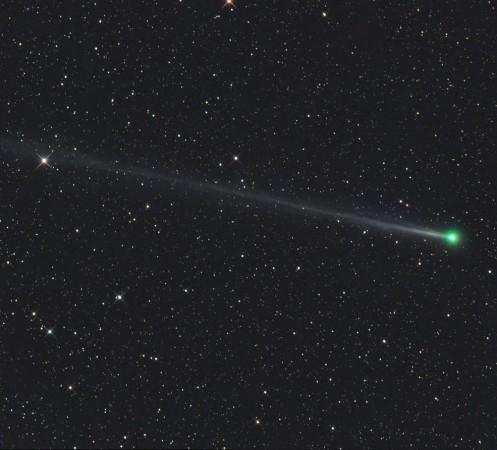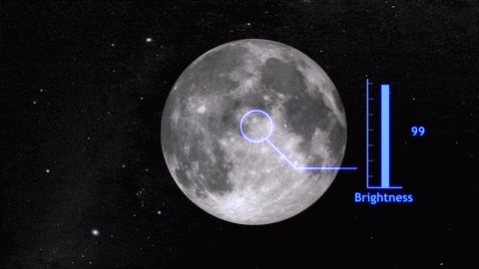
Sky gazers who missed the opportunity to capture the last view of the green comet dubbed Comet 45P and the Penumbra lunar eclipse need not regret as you can check out the events here!
Also Read: NASA has found out that a human colony on Mars could be wiped out in minutes!
According to NASA, the comet passed by Earth at a distance of 12.4 million kilometres (7.7 million miles), which is the closest proximity in this century. People could observe it with the help of a small telescope or binoculars in the eastern skies in the pre-dawn period.
Known as 45P/45P/Honda-Mrkos-Pajdušáková, this comet was named after astronomers, who spotted it in 1984. This astronomical activity was accompanied by full Moon and Penumbra lunar eclipse as well!
"It's just kind of a fun way to remind you to get out and look up at the sky tonight and see what you can see," said Drew Foster, the planetarium technical coordinator at Gheens Science Hall and Rauch Planetarium at the University of Louisville, WHAS11.com reported.
"You'll notice that the top of the moon is a little bit darker than the bottom of the Moon, so it's kind of a gradient," Foster added.
The orbiting period of this comet around Sun and Jupiter is 5.25 years. Earth will get a view of this stunning celestial beauty again in 2032, when the comet will be at an estimated distance of 48 million kilometres (around 30 million miles).
Another celestial event, which took place along with the comet, was the Penumbral lunar eclipse, which occurs when Earth's partial shadow or 'penumbra' is passed by Moon.
Check out the green Comet 45P:
Treat your eyes watching the comet 45P passing by Earth right here:
Check out the Penumbra lunar eclipse:
The Penumbra lunar eclipse occurs when the Moon and Earth align and Earth lies in the middle of Moon and Sun, which makes Moon appear a lot darker than normal.


















